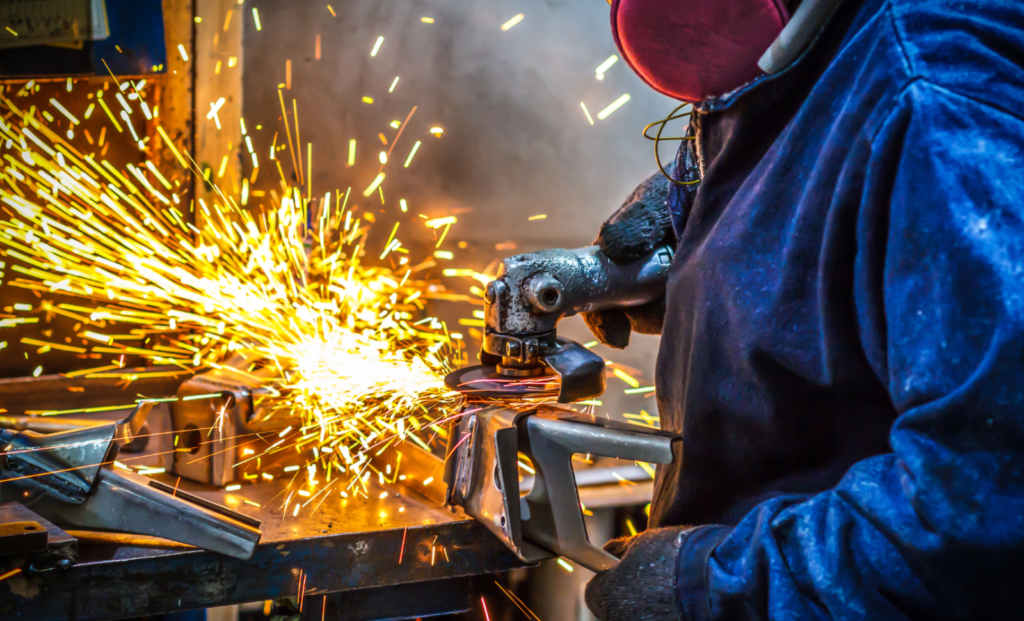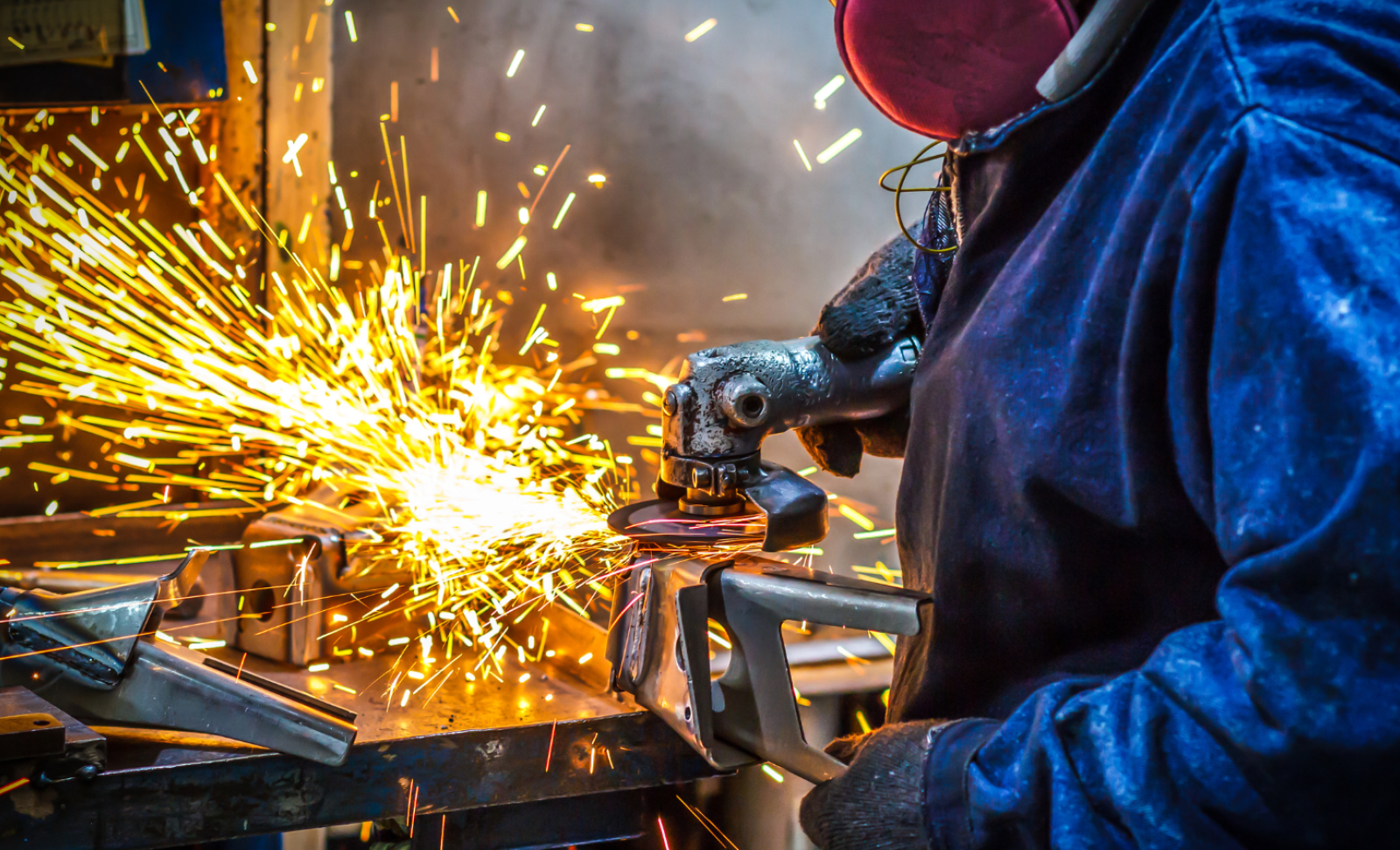
The Science Based Targets initiative (SBTi) has launched the world’s first science-based decarbonization framework for all iron- and steelmakers worldwide to develop and set emissions reduction targets within the unique context of the industry.
Through this guidance, the SBTi outlines by how much, and how quickly, a company within the steel value chain needs to cut its emissions to limit global temperature rises to 1.5°C. Direct emissions must fall by more than 91% by 2050 relative to 2021. Only by aligning with a science-based emission reduction pathway can steel companies have confidence that they are in line with what’s needed to halt dangerous climate breakdown.
Steel is a heavy emitting sector, accounting for up to 9% of global emissions. It has long been an integral part of life and is key to the functioning of the wider economy, as many other industries depend on it to operate. It has become essential for manufacturing, construction, infrastructure, transportation and countless consumer products today, and it plays a foundational role in the growth of renewable energy technologies including solar panels and wind turbines.
According to a study, 14% of the potential value of steel companies could be at risk from rising carbon prices by 2040 if the global industry does not reduce its environmental impact. The Steel Science-Based Target-Setting Guidance provides a clear roadmap for companies in this industry to set near- and long-term emissions reduction targets aligned with 1.5°C.
Alberto Carrillo Pineda, Co-Founder and Chief Technical Officer of the SBTi, said: “The role of the steel industry is critical to the climate. Therefore, it’s vital to have robust and science-based frameworks to guide decarbonization efforts in the industry.
“Only by aligning with a science-based emission reduction pathway can steel companies have confidence that they are in line with what’s needed to halt dangerous climate breakdown. This guidance provides steel companies with that opportunity.”
The guidance takes into account issues influencing the steel industry’s ability to set 1.5°C-aligned science-based targets, including future global steel demand, data limitations, accessibility of key technologies and availability of steel scrap.
The Steel Science-Based Target-Setting Guidance provides the scientific basis and tools for primary and secondary iron- and steelmakers, companies in the value chain (e.g. iron ore suppliers and downstream companies that purchase steel), as well as financial institutions to play their part in preventing the catastrophic impacts of climate change.
Over 20 steel companies have validated near-term science-based targets and 27 have committed to set a target, including 19 net-zero commitments. Businesses in the sector that have already set targets are encouraged to recalculate ahead of regular update schedules.
Developing the first 1.5°C science-based pathway for steel production
The SBTi Steel Guidance was developed in consultation with an independent Expert Advisory Group (EAG) made up of academia, civil society and business. This process included a two-month public consultation and a thorough review, to inform the development of clear and practical criteria and guidance.
This methodology has been co-developed in collaboration with the Energy Transitions Commission (part of Mission Possible Partnership), an alliance of climate leaders focused on accelerating the decarbonization of industrial sectors.
Faustine Delasalle, Executive Director, Mission Possible Partnership said: “Corporate net-zero targets will play a critical role in guiding the corporate strategy decisions needed to deliver deep decarbonization of the iron and steel sector. MPP’s successful partnership with the SBTi enables steel producers to set clear near-term and long-term emissions reduction targets, while providing a tool to the wider ecosystem to benchmark corporate ambitions. Our next challenge is to work with the steel producers, their wider value chain, and governments to strengthen the business case for the investments required to achieve those targets.”
Dan Seligman, Director of Climate and Energy at Ceres said: “With the release of SBTi’s Steel Guidance, investors now have a standard they can rely on to evaluate how serious portfolio steel companies are in addressing both company-level and system-wide climate risk.”
To cut emissions, strengthen investor confidence, remain economically competitive, build resilience in the face of increasingly stringent regulations and achieve a net-zero economy, the solution is clear: steel companies must show leadership by setting ambitious near- and long-term science-based targets.
Source : https://sciencebasedtargets.org/news/worlds-steel-industry-set-for-transformation

